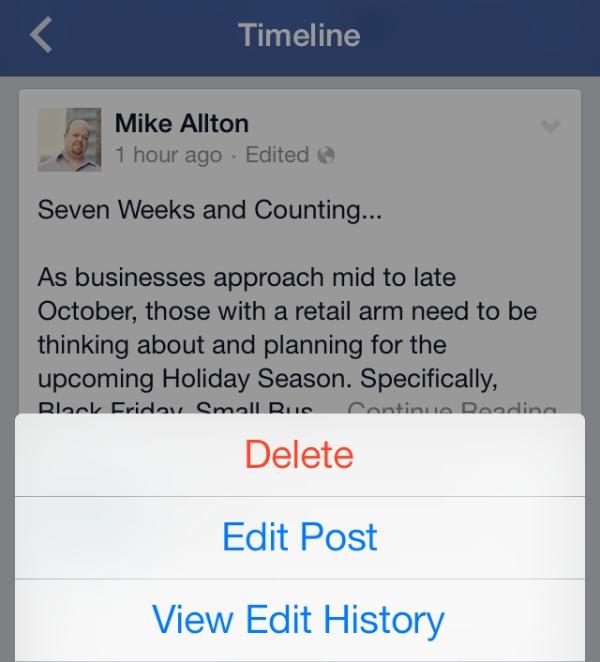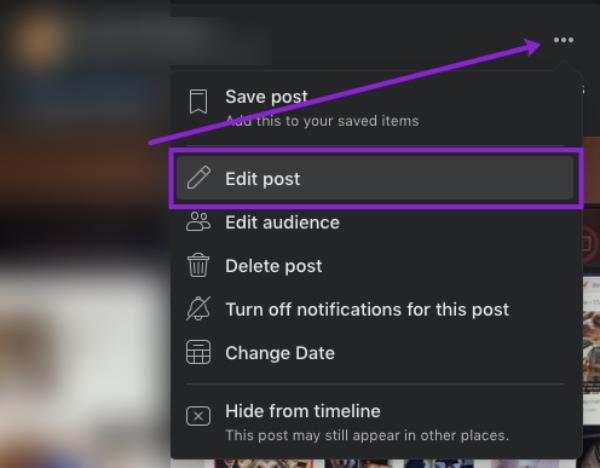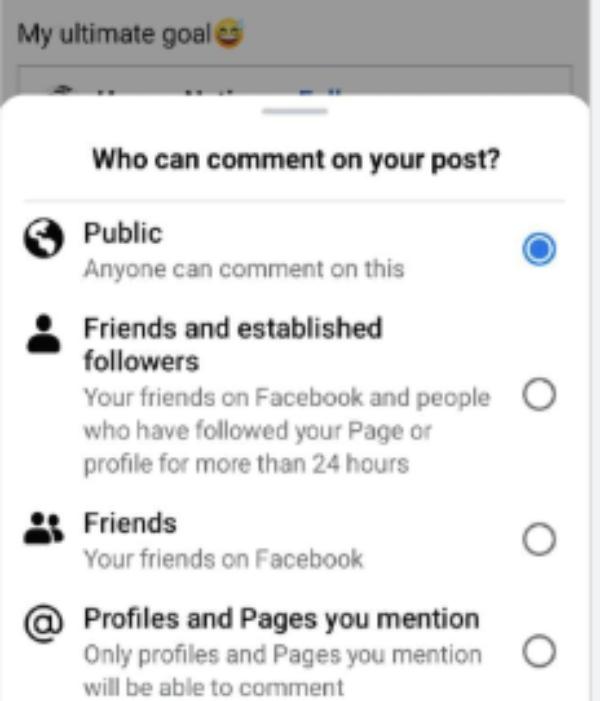When you want to have control over your social media content, you need to learn how to turn off comments on a Facebook post. And we are here to help you learn this. This guide explains, step by step, how to manage comments and hide reaction counts on your Facebook post. Also, we will help you understand Facebook’s limits on disabling likes or reactions completely.
Moreover, we will list some tips on editing comments, using filters, and protecting your children from harmful interactions. By the end of this blog, you will know how to create a positive and secure Facebook experience.
What does it mean to turn off comments on a Facebook post?
Meaning of turning off comments on Facebook
In simple words, when you turn off the comments on Facebook, you stop other people from sharing their opinions. This doesn’t mean your post gets invisible. Instead, it reflects on your feed, but no one can add new comments anymore. It’s a simple way to control unnecessary conversations.
Also, while turning off the comments, you can still edit or delete the post. To let you know that, people who have already commented under the post will see their old comments. This turning off option just stops them from adding a new comment.
Differentiate between turning off comments and deleting them
Turning off the comments on Facebook and deleting them both are different. Let’s know about turning off Facebook comments first.
Basically, when you limit comments, you restrict everyone from adding a new one. But the comments that are already there are visible. You can say it’s like pausing a conversation in which you keep what’s already said but avoid new messages. Knowing how to turn off comments on a Facebook post is useful when you want to control or end discussions.
Why might you want to turn off comments?
You will get the answer by reading this study. You may want to turn off the comments to save your children from cyberbullying. By turning off the comments, your child can avoid harmful opinions under their post.
There’s also a study that summarizes the risk of Facebook comments to children. The study Risks, Responses, and Research discusses how children can suffer from cyberbullying, online sexual harassment, and other harmful interactions.
Managing privacy
You should control what personal details you post online, especially on public platforms like Facebook, Instagram, or comment sections. If you share too much, it can make you vulnerable to identity theft, cyberbullying, stalking, or online scams. These details may include location, school, family details, or daily routines.
Also, managing privacy involves using strong privacy settings, thinking before posting, and sharing only with trusted people to protect your safety and digital reputation.
On the other side, there’s a term “deleting comments”. If you delete comments, it means you are removing specific opinions from the post. Sometimes, you find a comment rude or unnecessary. In such a case, you can delete one or more comments. But just know that deleting comments only removes the selected comment; people can still continue commenting.
So, the simple answer is, turning off comments is about stopping the getting of future opinions, and deleting comments means removing the unwanted ones.
Control interactions on your child’s posts with our comprehensive parental controls.
How to turn off comments on a Facebook post?
Do you want to know how to turn off comments on a Facebook post? Let us give you the easiest way. We are going to list some simple steps that guide you to turn off the comments.
- Step 1. Open Facebook.
- Step 2. Go to the post you want to edit.
- Step 3. Tap the three dots (⋯)
- Step 4. Select “Who can comment on your post”.
- Step 5. Choose your preferred option.
- Step 6. Confirm your selection.
Launch Facebook and log in if you aren’t already.
Navigate to the post on your profile or timeline for which you want to restrict comments.
Tap the three dots (⋯) icon at the top-right corner of that post.
From the list of options, tap “Who can comment on your post?” This setting controls who can reply to your post.
You’ll see three choices: Public, Friends, or Profiles and Pages you mention.
– To effectively turn off comments, select “Profiles and pages you mention.”
– This limits comments to only tagged people—if none are tagged, comments are off.
Once you select your option, exit the menu. The setting updates instantly—comments are now restricted.
How do I turn off comments and likes on Facebook posts?
Hiding reaction counts on your posts
When you check how many likes your post gets, you may feel constant comparison. This mainly happens in teens. But to avoid this pressure or feeling of comparison, Facebook allows you to hide reaction counts. By doing so, others can’t see how many people reacted. This helps make posting more relaxed.
Let’s know how it works:
Access your reaction preferences
At first, you have to go to your Facebook profile. Then, simply click on your profile picture and open Settings & Privacy. In this option, you can see Reaction Preferences. Here, you can find ways to control reaction counts on your posts and others’ posts.
Hide reactions on your own posts
When you want to hide the reaction, just click on your posts. You can find this option under Reaction Preferences. Once you enable this option, people can react to your post, but they can no longer see reactions. But this doesn’t keep you in misery. You can check anytime how many reactions you got, but privately.
Hide reaction counts on others’ posts
You can also choose to hide reaction counts when you browse other people’s posts by turning on “On posts from others.” This means that as you scroll through your feed, you won’t see how many people reacted to any post. It’s especially helpful if you often compare your posts to others. This way, you can enjoy content for its message or creativity instead of focusing on how popular it seems.
Understand what this setting doesn’t change
When you hide reaction counts, it doesn’t mean people can’t react anymore. It just hides the number, not stops people from reacting. Everyone can still use the like, love, or care buttons as usual. Also, the post’s engagement level remains the same. The only thing that changes is the reaction count.
Limitations on disabling reactions entirely
One thing we have to make clear is that Facebook doesn’t offer a direct option to completely turn off likes or reactions. You can just hide them. Even if you hide the reactions, people can still click on reaction emojis. They can give reactions such as “like,” “love,” or “care.”
The reason for not giving this feature is that the platform is created to encourage interaction. And removing reactions can’t support this aim. But the relief for you is that you can manage who sees or interacts with your posts. If you want fewer public interactions, knowing how to turn off comments on a Facebook post is a good option.
Tips for managing Facebook post interactions
Moderate comments manually
At first, you need to moderate comments manually. Suppose, on Facebook, someone posts a harmful or spammy comment; in this case, you need to delete it immediately. When you do so, it helps set the tone of your page or profile. It shows what’s acceptable and what isn’t.
Use comment filters (Profanity, keywords, manual word blocks)
The next tip is that you should use comment filters. To help you, Facebook has tools like profanity filters and keyword blocking. What happens is you can list words or phrases you don’t want to see. By using these tools, you can hide the comments that contain those words.
Restrict who can comment/use privacy settings
When you know how to turn off comments on a Facebook post, you can limit who can comment. You can simply choose who can see. You can allow friends or specific groups to comment. This is important in case your post visibility is broader. When it’s broader, many people can comment. So, it’s better to stay on the safe side and restrict who can comment.
Monitor notifications
To keep your child safe, you can add an extra layer of security. And the best way is to use tools like FlashGet Kids. This tool helps you monitor what your child is exploring and consuming. While using comment filters, you can use this tool. This combination helps filter out harmful comments before kids even read them.
Conclusion
When you know how to turn off comments on a Facebook post, it helps you manage your posts. Also, it protects you or your kids from harmful interactions. Turning off comments can reduce your stress and avoid unnecessary arguments. It keeps your online space positive. So, you can freely use your account without any inconvenience.
While Facebook allows you to restrict comments, you should still add an extra layer of safety. The best option is using the parental control tool FlashGet Kids. With its features, you can guide and protect your kids online. When you concentrate on online safety by turning off comments and using this tool, you create a safe social media experience.





